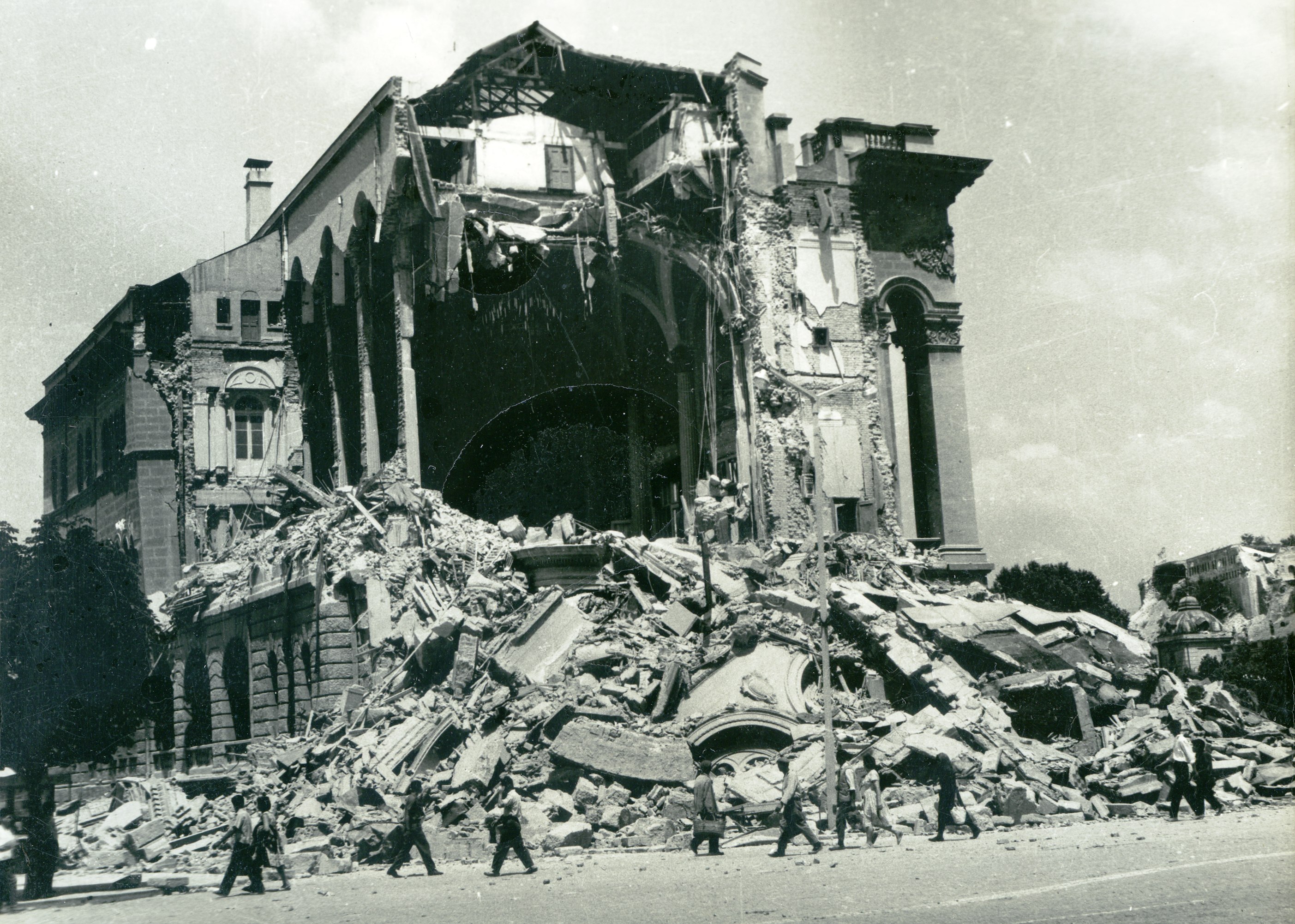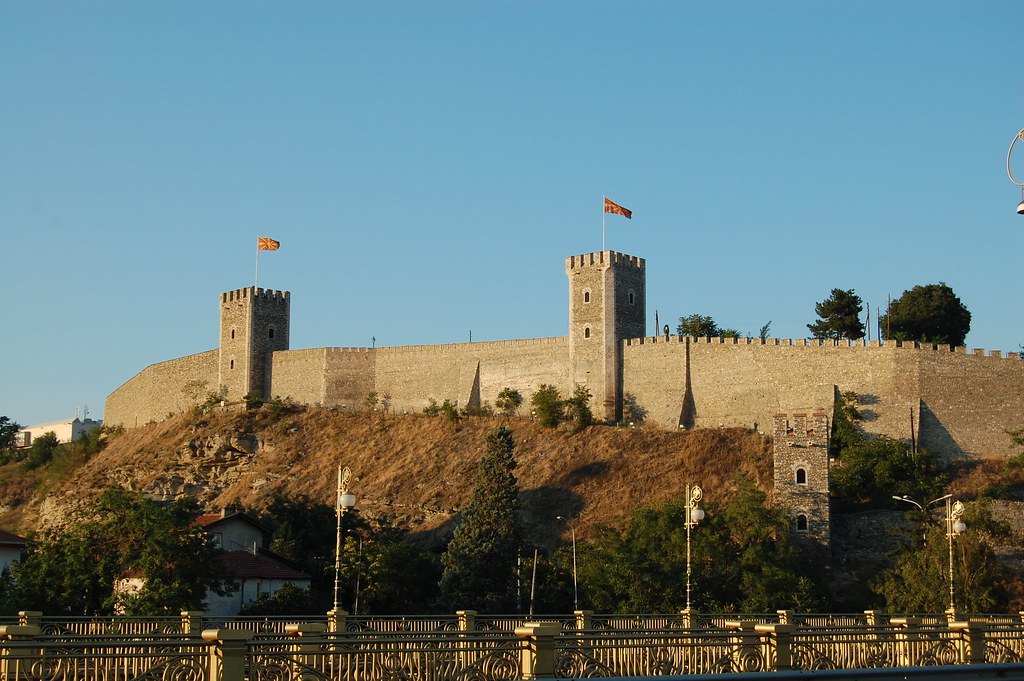Skopje, as the Capital of Seven Gates, is a city that has some quite long history behind which is still being discovered by the city visitors. Located in the northern part of Macedonia, it is right in the middle between Belgrade and Athens, and it is the perfect point where you can arrive and begin with a mesmerizing Balkan adventure.
With its longstanding history that dates back to the Neolithic Period, there is evidence that the area was inhabited since at least 4000 BC, and as a matter in fact, it is considered to be the birthplace of the Eastern Roman emperor, Emperor Justinian I, sometimes referred to as Justinian the Great, and it was definitely the birthplace of Mother Teresa.
For some time, Skopje was not on the tourist maps as a city to be visited, nor on the wish-list for a lot of people, nonetheless, everything changed suddenly with the “remodeling” of the city center, where many monuments and buildings were built or renovated. That is why one should visit Skopje, and see things that can not be seen in any other places. Paris or London, Barcelona or Vienna, Moscow or Cairo, they all are enormous cities with variety of things to offer the every day traveler, and in some way similar to each other, but Skopje, still being the largest Macedonian city, is small and can be more welcoming than other places.
With the idea of ‘Comodis Humanis Inservire!’, Skopje was in some parts built “to make life more comfortable” which is well visible with the rebuilding that occurred right after the devastating earthquake from 1963 that leveled almost the entire city. At first, the United Nations organized a limited competition for the redevelopment of Skopje, where several renowned world architects, the Japanese architect Kenzo Tange being among them, gave proposals on how to rebuild the city. The Yugoslav leadership did not want to favor any architectural plan, so it gave 60% of the prize money to Kenzo Tange, while the rest 40% was awarded to the Yugoslav team. All in all, with the help of the many nations around the world that donated something, and the architectural vision, Skopje finally stood up from the rubble.

So, why would Skopje be called ‘Capital of Seven Gates’? In short, there are seven different roads that lead to and from Skopje, and there are several legends connected to the geological and geographical explanation about this statement. Being the capital of the soul, consciousness and the personality of Macedonia, it is certain that every person that comes here, Skopje will be very welcoming to everyone who is willing enough to go around and see in person this interesting, yet quite unique city.



